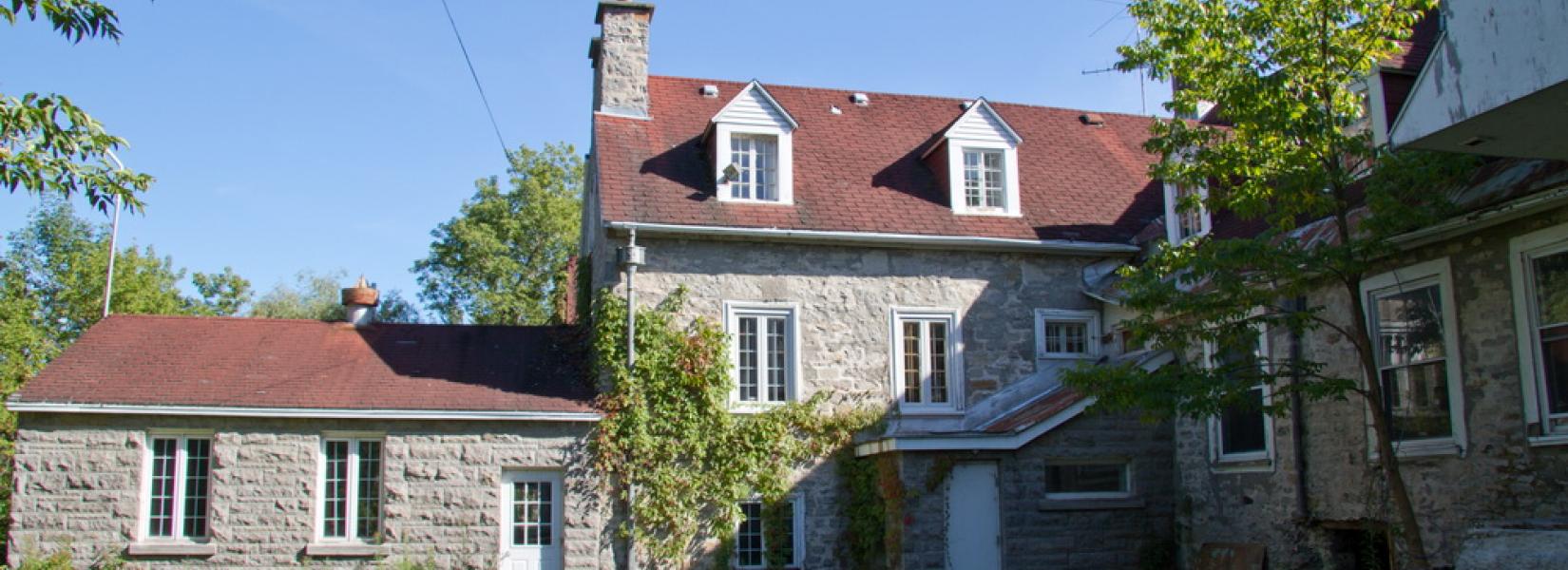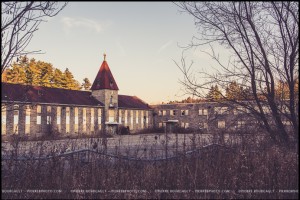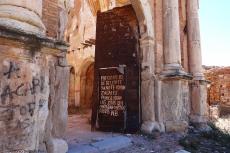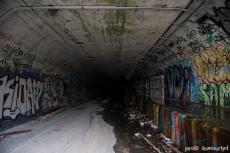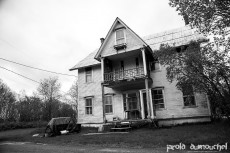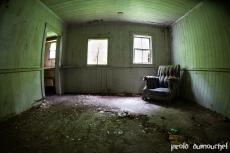We are in September 1937 in the small village of Belchite located about 50 kilometers from Zaragoza. The Spanish Civil War has been raging for a year already and thousands of Spaniards died. By the end of the conflict in April 1939, they will be...
The Mascouche seigniorial mansion, the last vestige of a bygone era
Jewel of Quebec's heritage
Jewel of Quebec's heritage, the seigniorial manor was built in 1795. Expanded several times over the years, it was used for several purposes. From 1967 to 2000 it was used as a high school and later, Quebec police organization “Sûreté du Québec” installed its offices there.
Purchased by a Montreal company in 2009, the Manor fell down quietly into a terrible state. The results today? Part of it was burned in the fall of 2012 and it has been plagued by repeated acts of vandalism.
Purchased by a promoter who had hoped to change the zoning, the project was a true fiasco. On its 25 million square feet, the domain is found almost totally in a protected zoning area. The other part, where buildings are located, can only accept institutional development: school, school board, government office, etc. (Source: Journal Le Trait d'union, December 11, 2009).
Today, the Development Corporation and animation of Mascouche (SODAM) is trying to save the mansion via a 5-star hotel project and a large regional park inspired by those of Oka and Mont-Tremblant. However, the project is stalled and little progress have been observed in the last few years.
The Domain is valued at $ 3 million and is today the last great manor of Quebec's seigniorial history. Needless to say that the site is exceptional. It used to be occupied by the Laurentian Archaics, ancestors of the Algonquin nations, more than 1,000 years ago.
The "modern" history of the area began with the occupation of the land by the French in 1715 when the seigneury passed from the Lachenaie family to the Legardeur de Repentigny family. Then, they built a sawmill. Historians can’t accurately determine the year of construction of the Mansion, but it is believed that it was after the British conquest around 1795 by Lord Peter Pangman. This explains, among other things, why the design of the Mansion is a mixture of British and French inspiration.
Unfortunately today, although an organization seeks to preserve the mansion and there is a petition on Facebook (a little less than 400 signatures by May 18, 2013), it seems there is an unwillingness (from the municipality?) to resolve the matter.
Related content
Abandoned, barricaded and destroyed at the south entry of the Lachine Canal, the tunnel Wellington currently offers lack of interest for urban exploration (can't go inside).
Back in 1990, it permanently ceases its activities with the...
The place is surprising. This old rooming house next to an old railway was, in another era, the nerve center of this small village in Eastern Townships. Abandoned for over fifty years according to some, it remained intact and time has slowly...
It had already been a while since I dreamed of go to this house. Not that it showed a great interest from the street, but because it was so far away from the street that I saw this beauty more misterious than the others. In short, we courted each...


